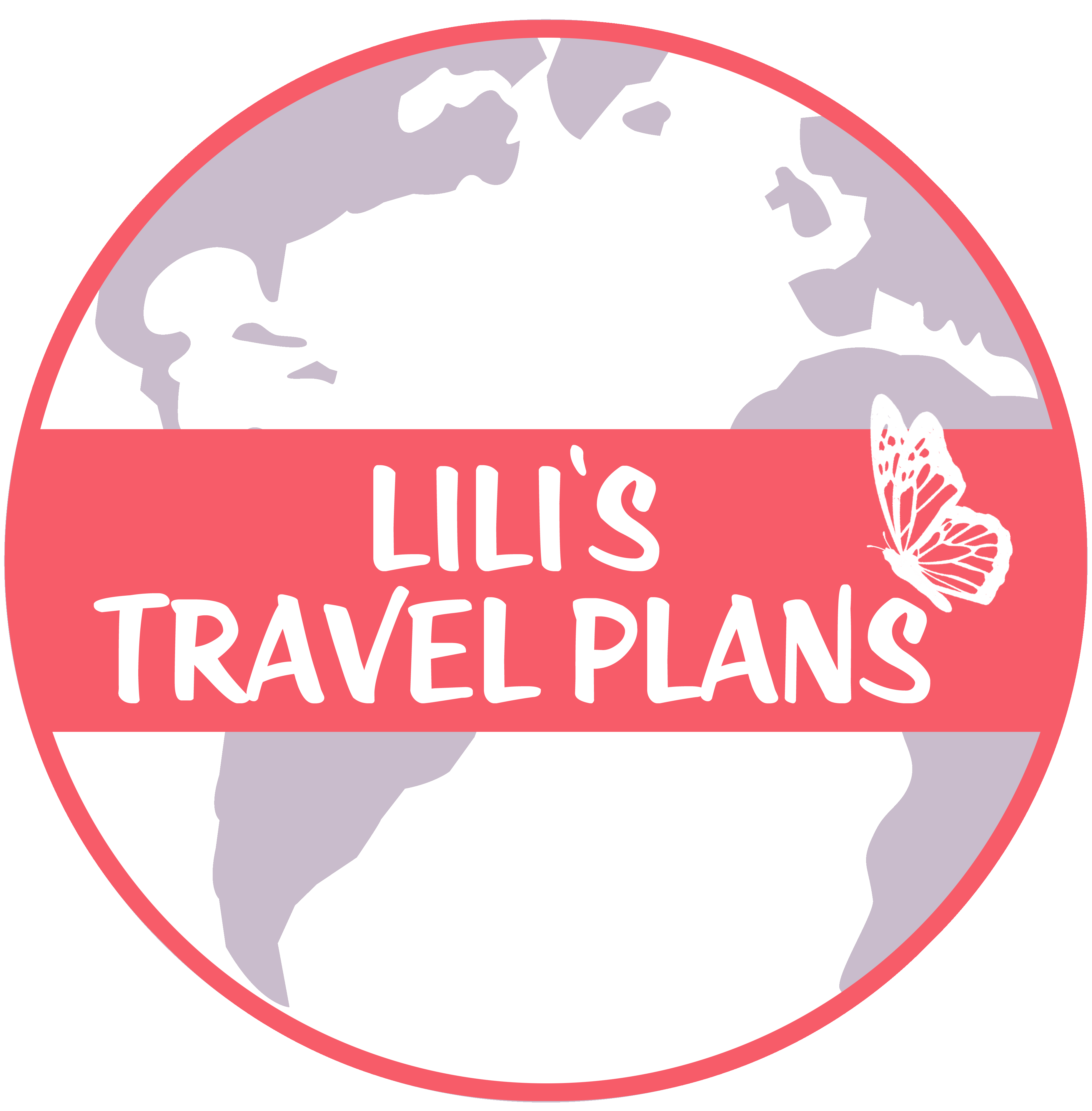A VISIT TO BOONE HALL PLANTATION, SOUTH-CAROLINA, USA
- #Plantation #HistoricSite #South-Carolina #Slavery
- 1 okt 2015
- 3 minuten om te lezen
A fairy-like place with a history of slavery
When we drove up to Boone Hall plantation through the magnificent Oak Alley, it was love at first sight. All the main reasons why we came to 'the South' are gathered here in one place: the beautiful plantation houses with their front porch, the spanish moss-draped live oak trees, the vast gardens and farm lands and - of course - a glimpse into the lives of the plantation owners and slaves who lived and worked here.



We parked our car (free) and bought tickets for the house tour that started about 30 minutes later. These cost $ 20 pp and give acces to all activities: guided house tour (the only way to visit the house), a self-guided visit of the gardens and the slave cabins, the 40-minute coach tour of the plantation, the butterfly pavillion, etc. The plantation is located in Mount Pleasant, about 10 miles from historic downtown Charleston.
Before the house tour we walked through the lovely butterfly-shaped gardens in front of the house. We were welcomed by our tour guide - completely dressed in 18th century style clothing - on the front porch and visited the house during 45 minutes. The house is beautiful and we got a lot of information about the past of the families that owned the plantation, but unfortunately the group was so big we weren't really able to see everything and also, we weren't allowed to take any pictures.
The first owner of the land, Major John Boone, owned about 200 acres and got 400 more when he married his neighbors daughter Elizabeth. They built the original wooden house and grew cotton and later indigo. The Boones however donated all their money to the confederate army and had to sell the house to the Horlbecks, who owned a construction company. The Horlbecks opened a brick-yard on the site and were very successful. At that time, a new law had just been signed, obliging the use of bricks in all new constructions. Later, they closed the brick-yard and started growing pecan nuts. This went very well until the beginning of the civil war. After that, most people couldn't afford this kind of luxury products anymore, so the Horlbecks went bankrupt and had to sell the plantation. Thomas Stone purchased the plantation in the early 20th century and built the house that still stands on the plantation today. Later, the plantation was sold a couple more times. The last time was in 1955, when Harris McRae and his wife Nancy Thomas bought the plantation and opened it to the public. Their children still own the house today, but nobody lives in it anymore.


By the time we'd finished the visit, it was time to eat. There's a small restaurant close to the parking lot where you can eat salads and sandwiches for a reasonable price. On our whay there, we passed by the butterfly pavillion. It's a small pavillion with lots of plants and lots of butterflies of different species, really lovely!





After lunch, we took the trolley for a tour of the plantation. We passed by swamps, gardens and farm lands. Up to today, Boone Hall plantation is still operating, even though the coton has been replaced by crops like peaches and other fruits. It is one of the oldest working plantations in the USA.


Our last stop - but not the least impressive - was slave street. The 8 remaining brick slave cabins are all original and were built between 1790 and 1810. This is quite exceptionnal because only a few original slave cabins remain in the US. Each cabin shows a different aspect of the life of the slaves as well as details about the slave trade. In its 'best' years (or probably worst for the slaves), there were about 300 slaves at Boone Hall plantation. There's a guided tour of slave street, which is included in the price of your entrance ticket, and you can also watch a presentation about the Gullah culture. This is the culture and language adapted by the African slaves so that they could communicate with each other. All slaves came from different areas in Africa, so they didn't speak the same language. Slave owners did this on purpose, to avoid slaves talking to one another. Being all alone and without the support of their family, the slaves became more 'manageable' and were less likely to revolt.



I loved this plantation! Don't miss it if you're in the neighborhood. The house and gardens are really beautiful, Oak Alley's magnificent (we saw other oak alleys during our visit to the US, some even longer, but none were as grand as this one) and the stories of the slaves in slave street very moving. You can easily pass 4 to 6 hours here without ever getting bored.





















Opmerkingen